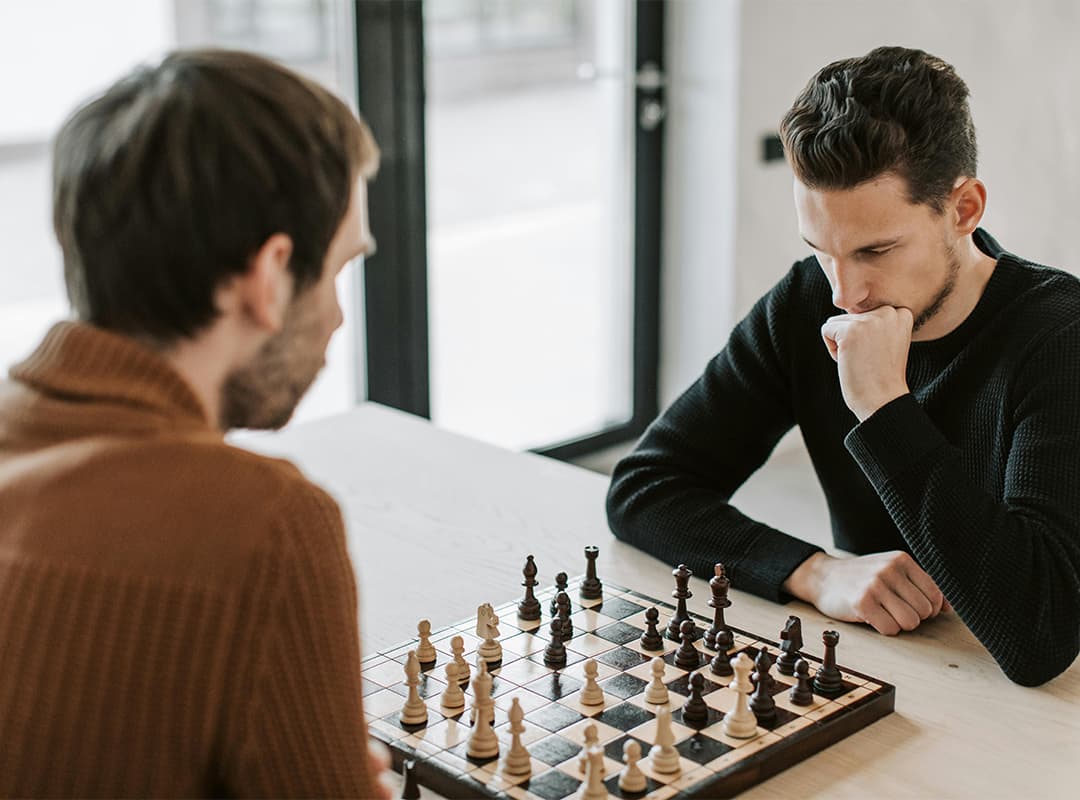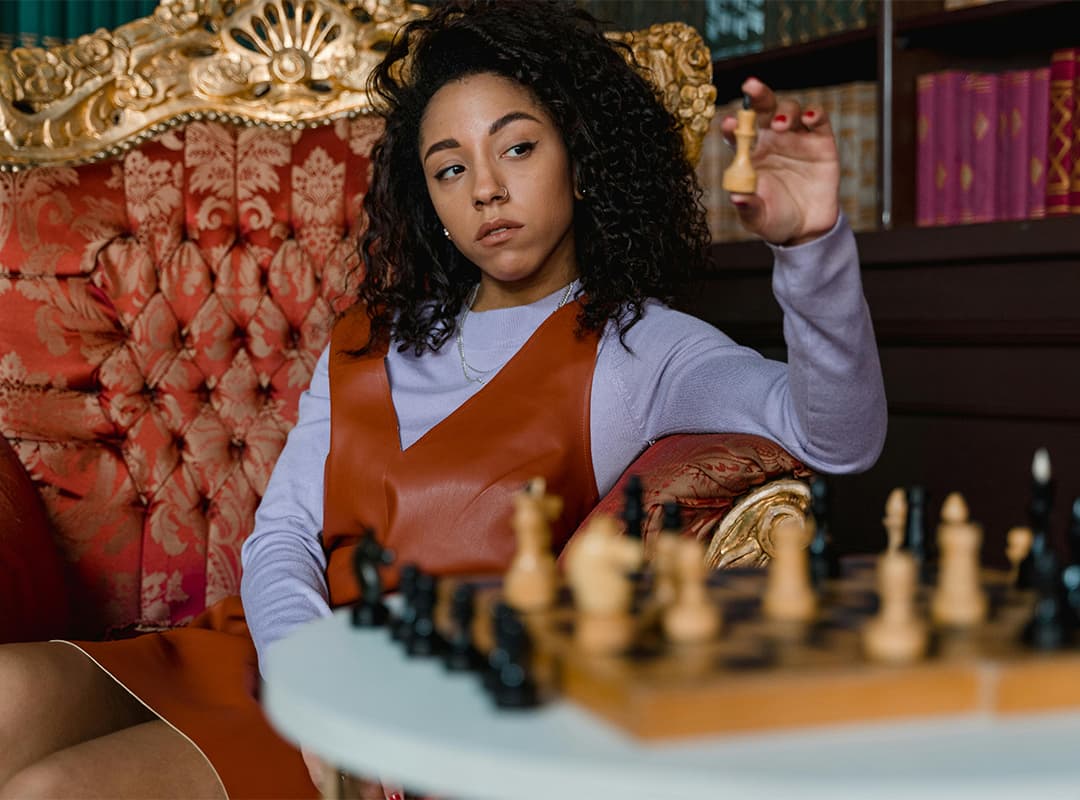In chess, understanding typical positions and the strategies to navigate them is crucial for improving your gameplay. Familiarity with common patterns can help players respond effectively in real-time, making it easier to capitalize on opportunities and avoid pitfalls. This article will explore several typical chess positions, their key characteristics, and effective strategies to resolve them, emphasizing the value of practicing these scenarios through online chess against computer.
Understanding Typical Positions
Every chess game is built on a foundation of typical positions that arise from various openings and middle-game strategies. By studying these positions, players can develop a repertoire of responses and enhance their ability to think critically during games. Here are a few common types of positions and how to handle them:
- Open Positions: These positions typically arise from the Italian Game or the Sicilian Defense. In open positions, the center of the board is clear, allowing for dynamic piece activity. Players should focus on piece development and controlling the center. Look for tactical opportunities, such as pins or forks, to exploit your opponent’s weaknesses.
- Closed Positions: Closed positions often emerge from the French Defense or the Slav Defense, where pawns block many potential moves. In these situations, strategic planning becomes crucial. Players should aim to slowly improve their position through pawn breaks, piece maneuvering, and finding weaknesses in the opponent’s structure. The key is to remain patient and avoid premature attacks.
- Endgame Positions: Familiarity with common endgame positions, such as king and pawn versus king, is essential for converting advantages into wins. Players should practice key concepts like opposition and pawn promotion. Understanding these positions can make the difference between a draw and a victory in tight situations.
Practicing Typical Positions
One of the best ways to internalize typical positions and their solutions is through regular practice. Online chess against computer opponents provides an excellent opportunity to engage with various scenarios and test your understanding of different positions.
Setting Up Scenarios
When practicing online, you can create specific scenarios by using chess training tools or analysis boards. Focus on one type of position at a time, such as open, closed, or endgame scenarios. This targeted practice allows you to deepen your understanding of each position’s unique characteristics and develop effective strategies.
Analyzing Your Moves
After playing a game or a specific scenario, take the time to analyze your moves. Use the analysis features available on most online chess platforms to review your decisions and identify mistakes. Pay close attention to the typical positions that arose during your game and reflect on whether your responses aligned with the strategies discussed.
Learning from Mistakes
Mistakes are an invaluable part of the learning process in chess. When you encounter a typical position during your games, and your chosen strategy does not yield the desired results, take the time to understand what went wrong. Analyze the position critically and explore alternative moves or strategies that could have led to a better outcome.
Consider using resources like chess books, videos, or online courses to gain deeper insights into typical positions and their solutions. Many instructional materials focus on specific openings and common patterns, providing valuable context for the decisions you make during the game.
Mastering typical positions and their solutions is essential for any chess player looking to improve their game. By practicing these scenarios, particularly through online chess against computer opponents, you can develop a deeper understanding of strategic concepts and enhance your decision-making skills.
Remember that the journey to becoming a stronger player is ongoing, and each game presents an opportunity to learn and grow. By focusing on typical positions and their effective resolutions, you can build a solid foundation for your chess skills and approach each match with confidence. Embrace the practice, analyze your games, and enjoy the process of becoming a more skilled chess player.



